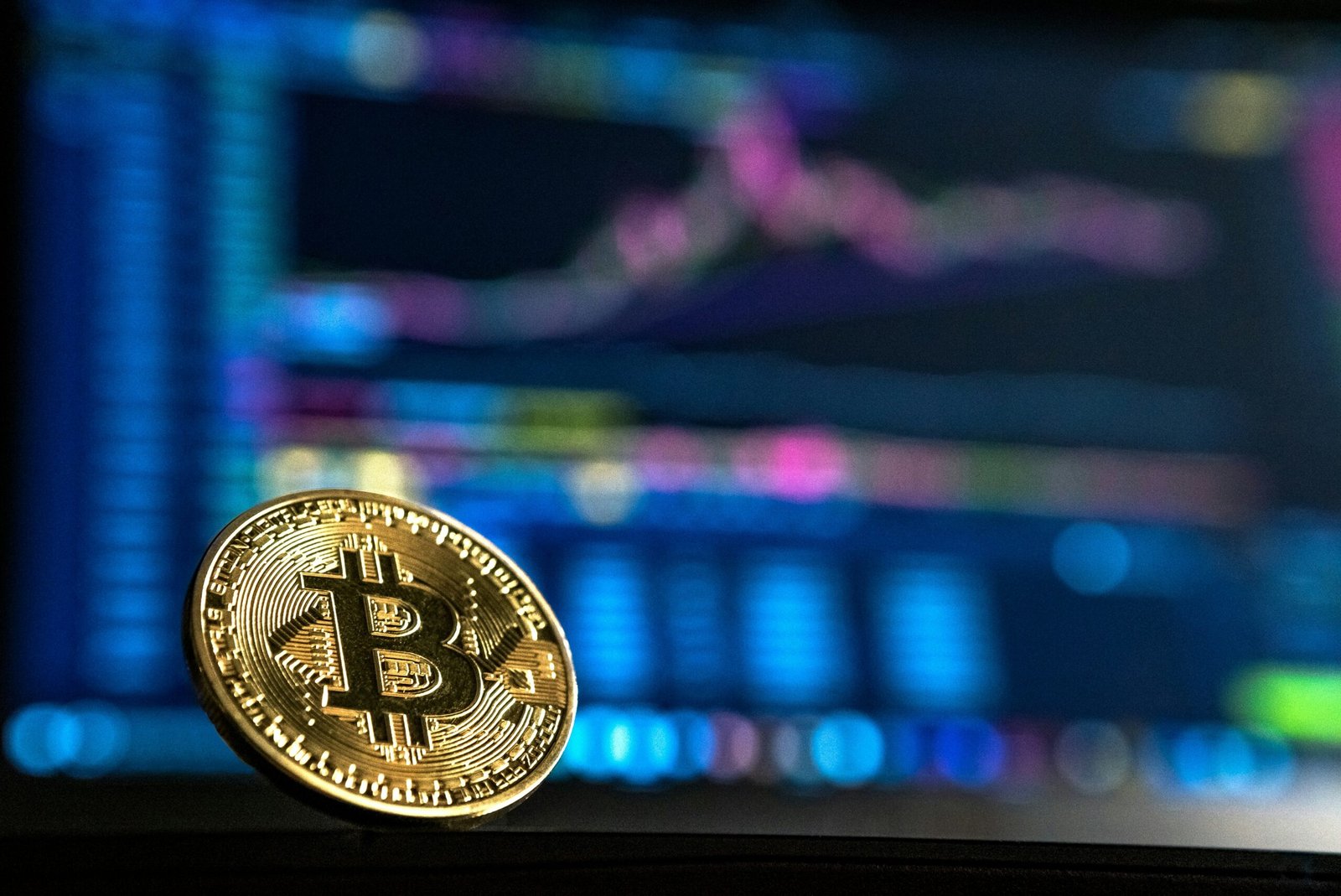The Bitcoin halving event in 2024 is eagerly anticipated by cryptocurrency enthusiasts and investors alike. As the previous halving events have shown, this event has the potential to have a significant impact on the price and overall market sentiment surrounding Bitcoin.
The 2020 halving event was met with great excitement and speculation, as many analysts predicted that it would lead to a surge in Bitcoin’s price. And indeed, in the months following the halving, Bitcoin experienced a substantial rally, reaching new all-time highs. This price increase was attributed to the reduced supply of new Bitcoins entering the market, combined with increased demand from institutional investors and retail traders.
Looking ahead to the 2024 halving event, there are several factors that could influence the market’s reaction. One of the key considerations is the level of adoption and awareness of Bitcoin at that time. If Bitcoin continues to gain mainstream acceptance and more people recognize its potential as a store of value or medium of exchange, the halving event could generate even more interest and demand.
Furthermore, the state of the global economy and financial markets will also play a crucial role. If there is a significant economic downturn or financial crisis leading up to the halving, investors may turn to Bitcoin as a hedge against traditional assets. This increased demand could drive up the price of Bitcoin, as we have seen during previous periods of market uncertainty.
It is also worth noting that the 2024 halving event will occur at a time when the total supply of Bitcoin is approaching its maximum limit of 21 million coins. This milestone adds an extra layer of significance to the event, as it marks another step towards the ultimate scarcity of Bitcoin. As the supply of new coins continues to decrease, the theory of supply and demand suggests that the price of Bitcoin could rise even further.

Bitcoin halving event in 2024 is poised to be a pivotal moment for the cryptocurrency market. With the potential to impact the price, demand, and overall sentiment surrounding Bitcoin, this event will undoubtedly be closely watched by investors and enthusiasts alike. Whether it leads to another bull run or not, the halving event serves as a reminder of the unique qualities and fundamental design principles that set Bitcoin apart from traditional fiat currencies.
One prediction that has gained traction is that the Bitcoin halving in 2024 will lead to a significant increase in the price of Bitcoin. Historically, each halving event has resulted in a bull run, where the price of Bitcoin surges to new all-time highs. This is mainly due to the reduced supply of new Bitcoins entering the market, as the block reward for miners is cut in half.
Furthermore, the increasing adoption of Bitcoin and other cryptocurrencies by institutional investors and mainstream financial institutions is expected to fuel the demand for Bitcoin. As more traditional investors recognize the potential of cryptocurrencies as a hedge against inflation and a store of value, the demand for Bitcoin is likely to increase, driving up its price.
Another factor that could contribute to the price surge is the growing interest from retail investors. The accessibility and ease of trading cryptocurrencies have attracted a new wave of retail investors who are looking for alternative investment opportunities. This increased demand from retail investors, coupled with the limited supply of Bitcoin, could create a perfect storm for a price rally.
Additionally, the ongoing advancements in blockchain technology and the development of decentralized finance (DeFi) applications are expected to drive further adoption of cryptocurrencies. As more people recognize the potential of blockchain technology beyond just digital currencies, the demand for cryptocurrencies is likely to increase, positively impacting their prices.
However, it is important to note that the crypto market is highly volatile and subject to various external factors. Regulatory changes, geopolitical events, and market sentiment can all influence the price of Bitcoin and other cryptocurrencies. Therefore, while the Bitcoin halving in 2024 is anticipated to have a positive impact on the market, it is essential for investors to exercise caution and conduct thorough research before making any investment decisions.
In conclusion, the upcoming Bitcoin halving in 2024 is expected to have a significant impact on the crypto market. Predictions suggest that the price of Bitcoin will experience a substantial increase due to reduced supply, increased institutional and retail demand, and advancements in blockchain technology. However, it is crucial for investors to remain cautious and stay informed about the ever-changing dynamics of the crypto market.
Increased Scarcity and Potential Price Appreciation
One common prediction is that the Bitcoin halving will lead to increased scarcity and potential price appreciation. With the reduction in the supply of new Bitcoins, the existing ones become rarer, which can drive up demand and prices. This trend has been observed in previous halving events, where Bitcoin’s price experienced significant surges in the months and years following the halving.
However, it is important to note that past performance is not indicative of future results. The crypto market is highly volatile and influenced by various factors, including investor sentiment, regulatory changes, and global economic conditions. While the halving event may contribute to price appreciation, it is just one factor among many.
Another factor to consider is the growing interest in Bitcoin and other cryptocurrencies. Over the years, Bitcoin has gained mainstream attention and acceptance, with more individuals and institutions entering the market. This increased demand can further drive up prices, especially if the halving event coincides with a period of heightened interest and adoption.
Furthermore, the halving event can also impact miners and their profitability. Miners play a crucial role in the Bitcoin network by validating transactions and securing the blockchain. When the block reward is halved, miners receive fewer Bitcoins for their efforts. This can lead to increased competition among miners and potentially drive up the cost of mining. As a result, miners may need to adjust their operations or upgrade their equipment to remain profitable, which can further contribute to the scarcity of Bitcoins.
Additionally, the halving event can have psychological effects on market participants. The anticipation and speculation surrounding the event can create a sense of FOMO (fear of missing out) among investors, leading to increased buying pressure and price appreciation. On the other hand, some traders may take advantage of the hype and engage in profit-taking, causing short-term price fluctuations.
It is also worth noting that the halving event does not occur in isolation. It is part of a larger ecosystem of cryptocurrencies and blockchain technology. The performance of other cryptocurrencies, market trends, and technological advancements can all influence the price of Bitcoin. Therefore, it is essential to consider the broader context when analyzing the potential impact of the halving event on Bitcoin’s price.
In conclusion, while the Bitcoin halving event is often associated with increased scarcity and potential price appreciation, it is important to approach such predictions with caution. The crypto market is complex and influenced by numerous factors, making it difficult to accurately predict price movements. While the halving event can contribute to price appreciation, it is just one piece of the puzzle in understanding the dynamics of the Bitcoin market.
Increased Interest from Institutional Investors
Another prediction is that the Bitcoin halving will attract increased interest from institutional investors. Over the years, there has been a growing acceptance and adoption of cryptocurrencies by traditional financial institutions. The halving event, with its potential impact on supply and demand dynamics, may further pique the interest of institutional investors looking for alternative investment opportunities.
Institutional investors often have significant resources and can bring stability and liquidity to the crypto market. Their participation can also help to reduce volatility and increase mainstream acceptance of cryptocurrencies. If this prediction holds true, it could have a positive impact on the overall crypto market.
One of the main reasons why institutional investors are becoming more interested in cryptocurrencies is the potential for high returns. Bitcoin, in particular, has seen significant price appreciation over the years, making it an attractive investment option. The halving event, which historically has led to an increase in the price of Bitcoin, could further enhance its appeal to institutional investors.
In addition to the potential for high returns, institutional investors are also attracted to cryptocurrencies due to their decentralized nature. Unlike traditional financial systems, cryptocurrencies operate on a peer-to-peer network, removing the need for intermediaries. This not only reduces costs but also increases transparency and security, which are important considerations for institutional investors.
Furthermore, the growing acceptance of cryptocurrencies by regulators and governments around the world has also contributed to the increased interest from institutional investors. As regulatory frameworks become more established, institutional investors feel more confident in entering the crypto market. This regulatory clarity provides them with a sense of security and reduces the perceived risks associated with cryptocurrencies.
Overall, the Bitcoin halving event is expected to attract increased interest from institutional investors. The potential for high returns, the decentralized nature of cryptocurrencies, and the growing acceptance by regulators all contribute to the appeal of cryptocurrencies as an investment option. If institutional investors do enter the market in larger numbers, it could bring stability, liquidity, and further mainstream acceptance to the crypto market.
Potential Market Corrections and Volatility
While there are optimistic predictions about the Bitcoin halving, it is essential to consider the possibility of market corrections and increased volatility. The crypto market has a history of experiencing significant price fluctuations, and the halving event can amplify these movements.
Some experts argue that the halving event is already priced in by the market, meaning that the potential impact on Bitcoin’s price may be limited. Others believe that the halving event can trigger a period of increased volatility as market participants react to the changes in supply and demand dynamics.
It is crucial for investors and traders to approach the crypto market with caution and to carefully consider their risk tolerance. Diversification and thorough research are key to navigating the potential ups and downs of the market.
One factor that could contribute to market corrections and volatility is the behavior of institutional investors. As more traditional financial institutions enter the crypto space, their actions can have a significant impact on the market. Institutional investors often have larger capital bases and can make substantial trades that can move the market. Their entry into the crypto market can bring both positive and negative effects. On one hand, it can bring legitimacy and stability to the market, attracting more investors. On the other hand, their actions can also create increased volatility as they navigate the relatively new and unpredictable crypto landscape.
Another factor that can contribute to market corrections and volatility is the regulatory environment. Governments around the world are still grappling with how to regulate cryptocurrencies, and their decisions can have a profound impact on the market. Regulatory announcements or changes in existing regulations can cause uncertainty and potentially lead to market sell-offs or price spikes. Investors and traders need to stay informed about the regulatory landscape and be prepared to adjust their strategies accordingly.
Additionally, external events and macroeconomic factors can also influence the crypto market. Geopolitical tensions, economic recessions, or global financial crises can all have ripple effects on the cryptocurrency market. For example, during times of economic uncertainty, investors may flock to cryptocurrencies as a safe haven asset, driving up prices. Conversely, if there is a loss of confidence in the overall market, cryptocurrencies may experience a sell-off as investors move their funds to more traditional assets.
Overall, while the Bitcoin halving event holds promise for potential price increases, it is crucial to recognize the possibility of market corrections and increased volatility. Investors and traders should approach the market with caution, diversify their portfolios, and stay informed about the various factors that can influence the crypto market. By doing so, they can better navigate the ups and downs and make informed decisions to maximize their investment potential.


